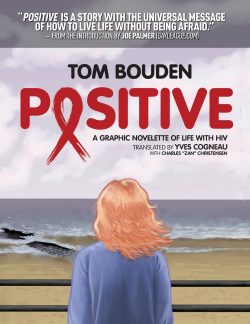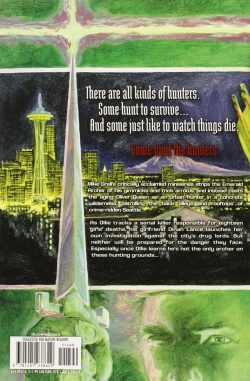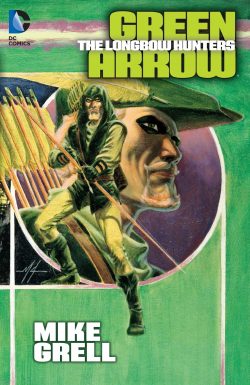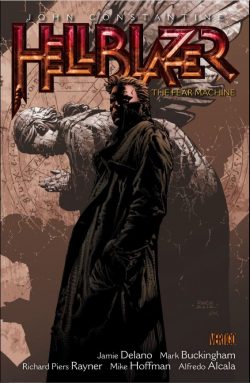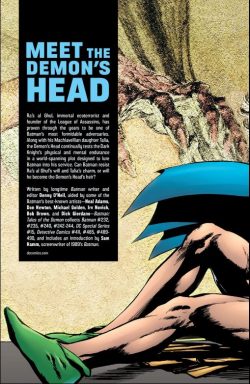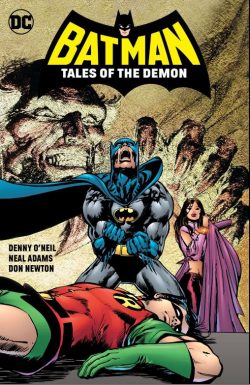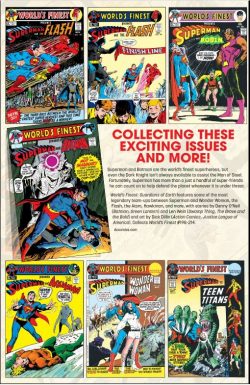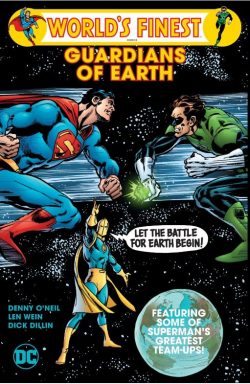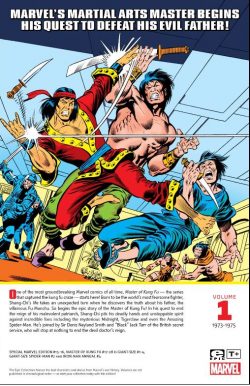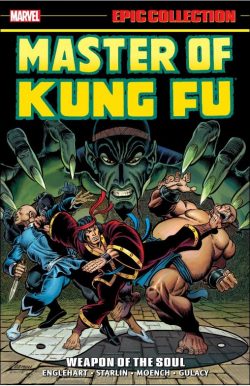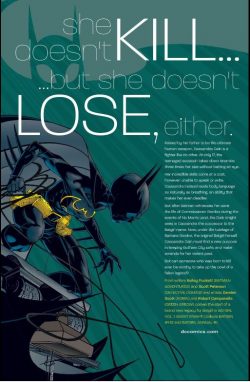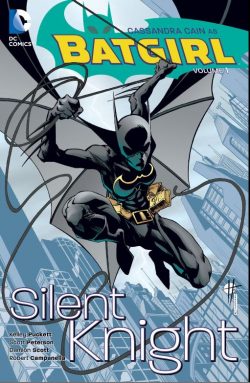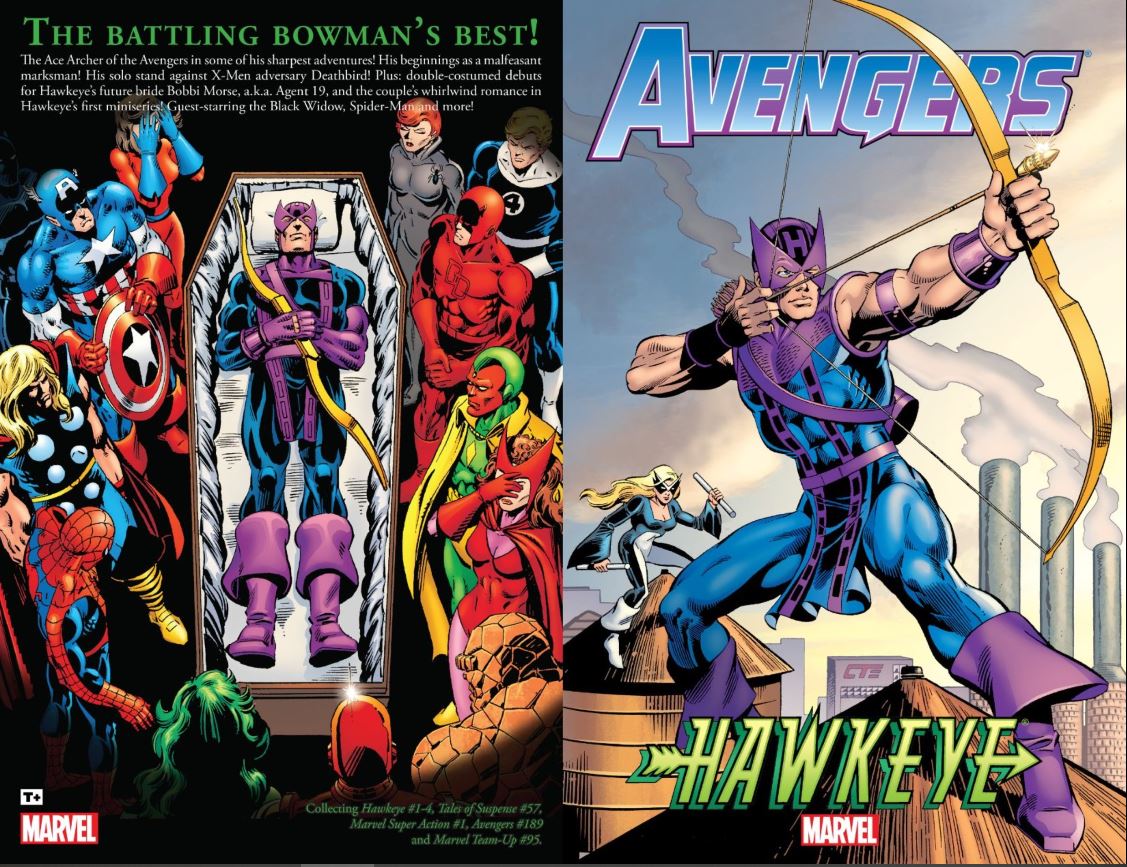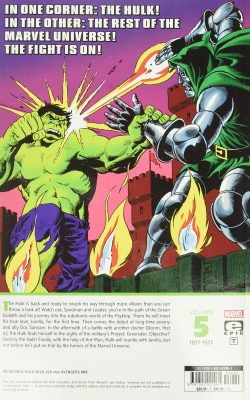
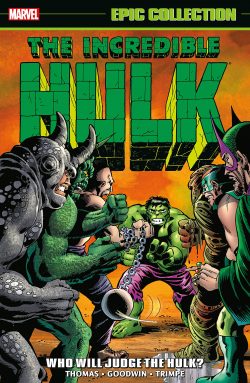
By Roy Thomas, Harlan Ellison, Gary Friedrich, Gerry Conway, Len Wein, Chris Claremont, Archie Goodwin, Herb Trimpe, Sam Grainger, Sal Buscema, Dick Ayers, John Severin & various (Marvel)
ISBN: 978-1-3029-2206-1 (TPB)
Bruce Banner was a military scientist caught in a gamma bomb detonation of his own devising. As a result of ongoing mutation, stress and other factors cause him to transform into a giant green monster of unstoppable strength and fury.
After an initially troubled few years the gamma-irradiated gargantuan finally found his size-700 feet and a format that worked, becoming one of young Marvel’s most popular features. After his first solo-title folded, The Hulk shambled around the slowly-coalescing Marvel Universe as guest star and/or villain du jour, until a new home was found for him in “split-book†Tales to Astonish: sharing space with fellow misunderstood misanthrope Namor the Sub-Mariner, who proved an ideal thematic companion from his induction in #70.
As the 1970s opened the Incredible Hulk had settled into a comfortable – if excessively and spectacularly destructive – niche. The globe-trotting formula saw tragic, haunted Banner hiding and seeking cures for his gamma-transformative curse, alternately aided or hunted by prospective father-in-law US General “Thunderbolt†Ross and a variety of guest-star heroes and villains.
Herb Trimpe had made the character his own, displaying a penchant for explosive action and an unparalleled facility for drawing technology – especially honking great ordnance, vehicles and robots. Scripter Roy Thomas – unofficial custodian of Marvel’s burgeoning shared-universe continuity – played the afflicted Jekyll/Hyde card for maximum angst and ironic heartbreak even as he continually injected the Jade Juggernaut into the lives of other stalwarts of Marvel’s growing pantheon…
This chronologically-curated trade paperback and digital compendium re-presents issues #139-156 plus a crossover tale from Avengers #88, encompassing cover-dates April 1971 to October 1972, and opens without delaying preamble as the Hulk – returned to Earth after an epic outer space excursion – encounters an old enemy in ‘…Sincerely, the Sandman!’(Thomas, Trimpe & Sam Grainger) wherein the vicious villain turns Banner’s true love Betty Ross to brittle, fragile glass, after which #139’s ‘Many Foes Has the Hulk!’ looks in on archfoe The Leader‘s latest attempt to kill his brutish nemesis: employing illusion and exhaustion, as seemingly hundreds of old villains attack the man-monster all at once…
A landmark crossover follows as Harlan Ellison, Thomas, Sal Buscema & Jim Mooney craft ‘The Summons of Psyklop!’for Avengers #88 (May 1971) wherein an insectoid servant of the Elder Gods abducts the Hulk to fuel their resurrection…
This leads directly into Incredible Hulk #140 and ‘The Brute that Shouted Love at the Heart of the Atom’ (pencilled & inked by Grainger over Trimpe’s layouts). Trapped on a sub-atomic world, Banner’s intellect and the Hulk’s body are reconciled, and he becomes a barbarian hero to an appreciative populace, and lover of perfect princess Jarella, only to be snatched away by Psyklop at the moment of his greatest happiness.
The sudden return to full-sized savagery is the insectoid’s undoing and the Hulk resumes his ghastly existence… at least until #141 when an experimental psychologist provides a means to drain the Hulk’s gamma-energy and utilise it to restore crystalline, petrified Betty. He even uses the remaining gamma force to turn himself into a superhero in ‘His Name is … Samson!’ (with wonderful John Severin inking).
Next is a satirical poke at the “Radical Chic†movement through the return of “feminist†villain Valkyrie, with the Hulk made a media cause celebre by Manhattan’s effete elite in the wryly charming ‘They Shoot Hulks, Don’t They?’ Don’t fret, there’s plenty of monumental mayhem as well…
Picking up the pace comes an inevitable but long-delayed clash as the Green Goliath battles Doctor Doom in a 2-part epic begun by Thomas, Dick Ayers & Severin wherein fugitive Banner finds ‘Sanctuary!’ in New York City’s Latverian Embassy. The deal is a bad one, however, since the Iron Dictator enslaves the Gamma scientist for his bomb-making knowledge, in an attempt to make his awesome alter ego into an unstoppable war machine…
The scheme goes awry in ‘The Monster and the Madman!’ (scripted by Gary Friedrich over Thomas’ plot), as brainwashed Banner shucks his mind-warped conditioning – thanks to Doom’s conflicted consort Valeria – just in time for the Hulk to deliver a salutary lesson in mayhem throughout the dictator’s domain.
Incredible Hulk #145 is a double-length package finding the man-monster invading a film-set in Egypt and accidentally awakening a prehistoric alien war-weapon in ‘Godspawn’. Crafted by Thomas, Len Wein, Trimpe & Severin, it offers plenty of joyfully mindless Hulk Smash action and a portion of pathos, even as, back in the USA, the military – in the form of Ross and Major Glenn Talbot – open dedicated anti-Hulk base “Project Greenskinâ€â€¦
Gerry Conway scripted Thomas’ plot for ‘And the Measure of a Man is… Death!’, wherein the Jade Juggernaut faces sandstorms, bitter memories and the Israeli army in the deserts of Northern Egypt, even as in America the Hulk-buster base has already been infiltrated by android facsimiles constructed by the Hulk’s greatest foe.
Drawn instinctively homeward, the Gamma Goliath reaches the base just as said infiltration threatens the US President himself, leading to a catastrophic clash between the brute and The Leader in ‘The End of Doc Samson!’. The issue (#147) also includes a moving and powerful vignette ‘Heaven is a Very Small Place!’ wherein Thomas, Trimpe & Severin take the tormented titan to the very edge of paradise before horrifying reality again reasserts itself…
Archie Goodwin debuted as scripter – with a little plotting assistance from a very junior Chris Claremont – in ‘But Tomorrow… the Sun Shall Die!’ as lost love Jarella voyages to Earth and a longed-for reunion, just as Banner is apparently cured of his curse by radical solar-energy experimentation. Sadly, the princess from the micro-verse accidentally brings with her a super-assassin determined to end her life at all costs and the double voyage somehow sparks the sun into going nova…
Forced to become the monster once again to save his beloved, the Hulk is captured by Ross’s forces only to escape when an ancient threat crashes back to Earth in #149, hungry for radiation to survive in ‘… And Who Shall Claim This Earth His Own? The Inheritor!’
After dispatching that creepy crawler, the Gamma Goliath wanders into the wilderness where he encounters on-sabbatical X-Man Alec Summers. He had banished himself – with girlfriend Lorna Dane visiting at just the wrong moment – to the deserts of New Mexico, terrified of his uncontrollable cosmic power in #150’s ‘Cry Hulk, Cry Havok!’ When Lorna clashes with a menacing biker gang and an Emerald Giant violently protective of his privacy, Summers finally proves himself against the rampaging but easily distracted titan…
‘When Monsters Meet!’ then pits the Hulk against a flesh-consuming radioactive horror resulting from a disastrous cancer cure derived from Banner’s blood, before Friedrich, Dick Ayers & Frank Giacoia ask ‘But Who Will Judge the Hulk?’, as helpless, freshly captured Banner is sent to trial for the destruction wrought by his emerald alter ego. The guest-star-studded 2-parter concludes in suitable calamity and chaos in #153’s ‘My World, My Jury!’, which includes additional art by Trimpe & Severin.
After explosively escaping the kangaroo court, the fugitive fury discovers ‘Hell is a Very Small Hulk!’ (Goodwin, Trimpe & Severin) when he swallows a defective shrinking formula. The serum was created and discarded by the Astonishing Ant-Man, but any risk is acceptable in Hulk’s forlorn attempts to rejoin Jarella in her subatomic world.
Snatched up by the face-shifting Chameleon and assembled hordes of Hydra, the diminished brute still manages to quash their treasonous schemes – at the apparent cost of his life.
In actuality, the Hulk is shrinking in sporadic bursts, propelled into a succession of micro-worlds, including an impossible “Earth†where Nazis seemingly won WWII. ‘Destination: Nightmare!’ reveals the incredible truth: meddling by a cosmic entity named Shaper of Worlds who tempts the Green Gargantuan with an empty paradise, before another shrinking spasm happily deposits Hulk on Jarella’s world in time for ‘Holocaust at the Heart of the Atom!’ (inked by Sal Trapani): pitting the monster against his worst nightmare – himself – before once again losing his true love to the vicissitudes of cruel fate and cosmic chance…
To Be Continued…
Wrapping up the smashing fun are the covers to reprint collections Incredible Hulk Annual #3 and 4; original artwork and covers by Trimpe & Grainger, Ayers & Severin, Trimpe & Severin and a fascinating glimpse into editorial thinking in creating a cover…
The Hulk is one of the most well-known comic characters on Earth, and these stories, as much as the movies, TV shows and action figures, are the reason why. For an uncomplicated, honestly vicarious experience of Might actually being Right, you can’t beat these evergreen classics.
© MARVEL 2021


